Boat fatigue: every paddler’s unknowing nightmare. It particularly comes into play in ocean conditions. It is worth revisiting with the race season getting cranked up. I was thinking about one of our biggest races in New England, the 20-mile Blackburn Challenge where many of the paddlers have suffered.
Most years, the race gets very interesting at roughly Good Harbor Beach at Mile 14 with 5.6 miles to go. Within two miles you will be in Gloucester Harbor, but the hardest part is 3.6 miles prior to rounding Eastern Point. As Bill K told me one time, “The race starts there”. Bill recounted one of his many Blackburns passing many paddlers during this stretch in his stable V8 who were minutes ahead of him. This section gobbles experienced flat water paddlers and novice paddlers alike. It even has effects on experienced paddlers like myself who often slow down some during this section due to the undulating water, physical fatigue, and yes: BOAT FATIGUE.
I distinguish between physical fatigue and boat fatigue. Many in-shape paddlers have enough endurance to complete the 20-mile race. Where many inexperienced paddlers fail is that they miscalculated how much of your core is needed to stay upright in bigger conditions or in an endurance race like the Blackburn. They chose a surf ski that was too unstable. So by the time they reached Good Harbor, their core was shot contributing to slowing the pace, defensive paddling, short stroking, cramping, and capsizing. I have seen many excellent paddlers underestimate the toll a constant side-to-side boat movement will have on them.
Having completed the Blackburn 16 times including the Big One in 2015(Stellar SR 2G), I too have often suffered through boat fatigue. I am experienced enough to only slow down in this section but it would cost me a few minutes in most Blackburns. In more stable surf skis you can power through this section provided you are physically trained up.
You can mitigate boat fatigue by consistently training in the conditions and the ski you will be racing in. You can also go to a bigger rudder(8 inches or 9 inches) or go to a rudder with a 25-degree angle(straighter) for bigger conditions. You will need a weed guard with these rudders since they will collect weeds here in New England. Also staying properly fueled is key too. I try to drink and pop a gel before I get into an anticipated rough section. For me personally, my anxiety goes up if I am under-fueled in rough, tense conditions. Shortening your paddle by 1-2 centimeters will allow you to tap brace, drag brace, or full brace much more quickly to avoiding capsizing and paddling more confidently in big conditions. See the video below.
2015 Blackburn Challenge-The Big One
However, the best way to mitigate boat fatigue is to drop down to a more stable ski. So for instance, if you typically paddle an advanced ski, you will be better off in an intermediate ski for races like the Blackburn, Ride the Bull, Double Beaver, etc. Not only will you minimize boat fatigue in a more stable ski, but you will also be more confident and be able to remount more efficiently if you do capsize.
Most of my Blackburns have been in intermediate skis except when I was younger, trained in big New England ocean conditions, and was in the shape of my life. I am pretty sure I have paddled more different types of skis in the Blackburn than anyone for what that is worth. Now for 2023, I will drop down to one of the more stable intermediate skis since I getting older and my core strength is not what it once was. Boat Fatigue can still be a problem, but I know how to mitigate it and you can too!
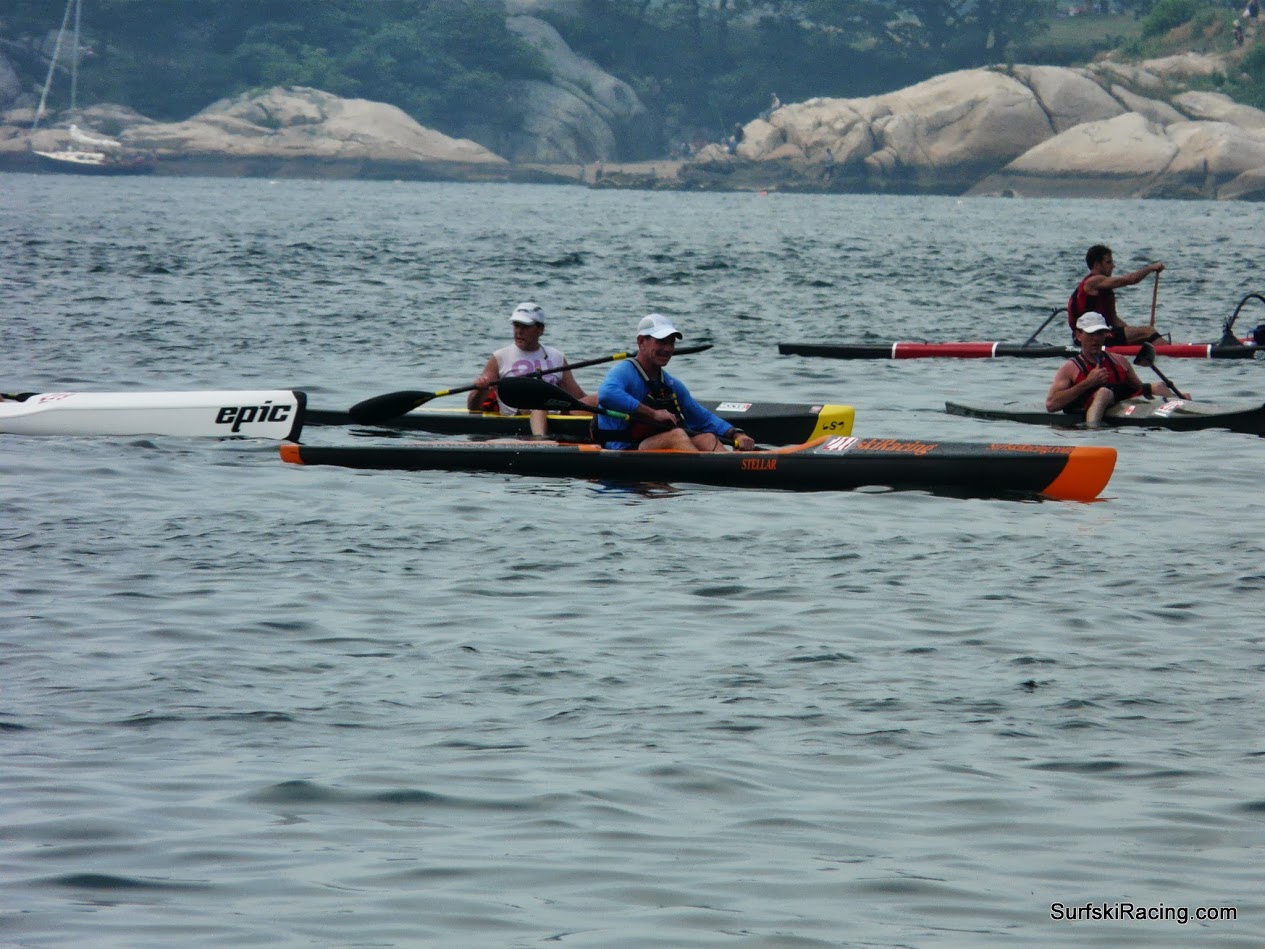
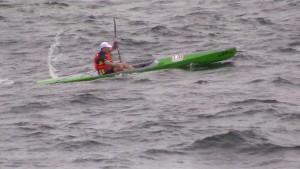
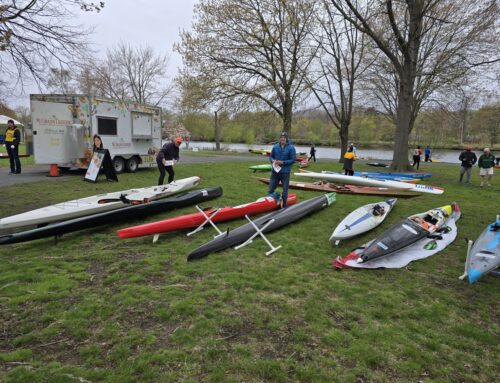
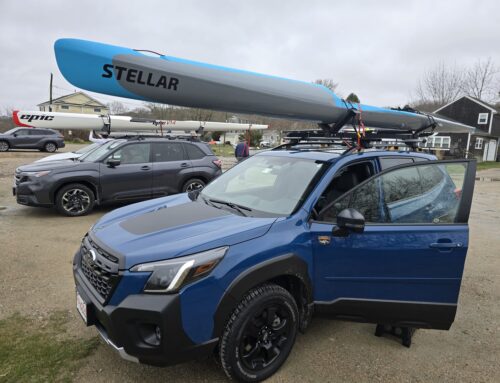
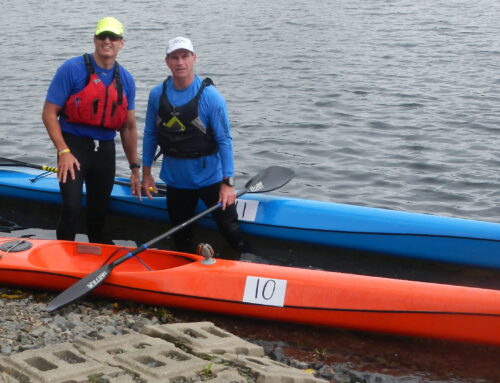
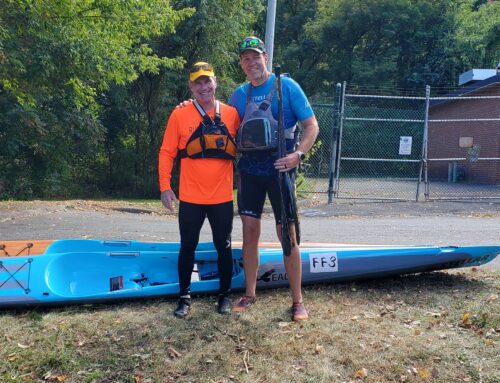
Leave A Comment
You must be logged in to post a comment.